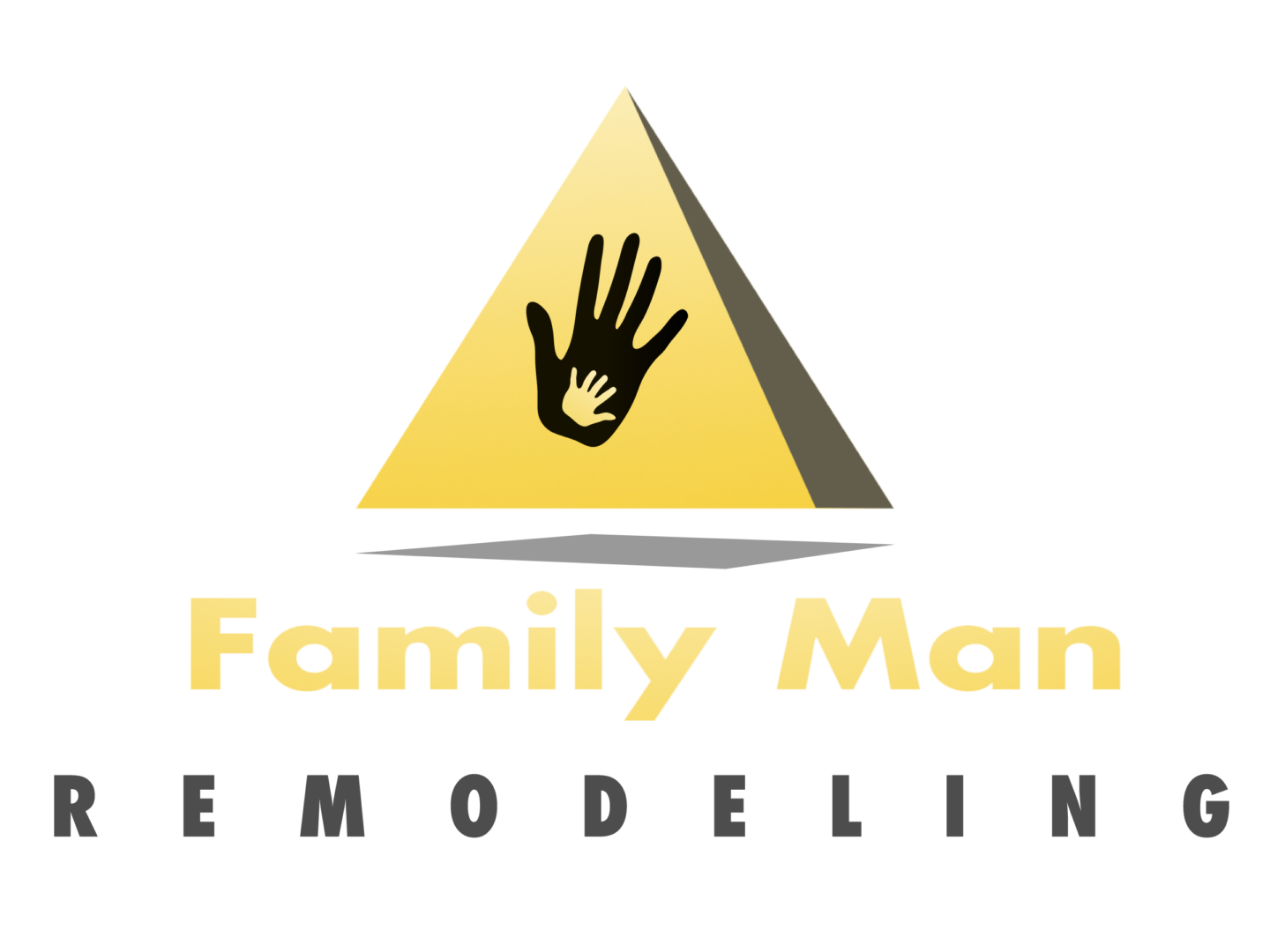What is an Additional Dwelling Unit?

An Additional Dwelling Unit (ADU), also known as an Accessory Dwelling Unit, is a self-contained living space that is either attached to or located on the same property as a primary residential structure. ADUs are designed to provide independent housing for individuals or families and often include amenities such as a bedroom, bathroom, kitchen, and living area. They can be used as a rental unit, a living space for family members, or a separate home office. ADUs are becoming increasingly popular as a solution to address housing shortages, provide rental income, or accommodate multigenerational living arrangements.

Start Your A.D.U. Journey Today
Frequently Asked Questions
1. Can I build an ADU on my existing property?
Answer: Yes, in many areas, you can construct an ADU on your property, but there may be local zoning and building regulations to consider.
2. How much does it cost to build an ADU?
Answer: The cost of building an ADU can vary depending on factors such as size, location, design, and materials. It is recommended to consult with a contractor or ADU specialist for an accurate estimate.
3. Can I rent out my ADU for additional income?
Answer: In most cases, yes. Renting out an ADU can provide a valuable source of additional income and help offset mortgage costs or expenses related to construction and maintenance.
Are there any restrictions or regulations regarding ADUs in my area?
Answer: Regulations and restrictions can vary by location. It’s important to check with your local planning department or building authority to ensure compliance with zoning laws, permits, and any specific requirements.
5. How long does it typically take to construct an ADU?
Answer: The construction timeline can vary depending on the size, complexity of the design, permit processing, and the availability of contractors. Generally, it can take several months to a year to complete the construction of an ADU.
6.How Many A.D.U's Can I Have?
One Per Lot
7. Size Limitations?
50% of the primary structure or 850 sq ft, which ever is less.
8. Setbacks?
Setbacks are determined by the underlying zone. Reuced setbacks are permitted in the LD Zone.
9. Separation from Main Structure?
10 Feet
10. Parking?
At least one assigned parking space is required.
11. Is it possible to convert an existing structure into an ADU?
Yes, it is possible to convert an existing structure, such as a basement or detached shed, into an ADU. However, these projects must comply with building codes and obtain necessary permits.

Start Your A.D.U. Journey Today
How We Work
5 Steps to an “ADU”
1. Research and Planning:
Begin by researching the local regulations, requirements, and permits needed for building an ADU in your area. Determine the available space on your property and identify the size, layout, and design of the ADU that will best meet your needs.
2. Budget and Financing:
Assess your budget and determine how much you can allocate to the construction of your ADU. Consider speaking with a financial advisor or exploring financing options such as loans, grants, or equity lines of credit to fund your project.
3. Design and Architectural Drawings:
Engage with an architect or home designer to create detailed architectural drawings and plans for your ADU. Collaborate on the layout, interior design, and any specific requirements you have in mind. Ensure that the design aligns with your aesthetic preferences, functionality needs, and adheres to local building codes.
4. Obtain Permits and Approvals:
Apply for the necessary permits and approvals from your local building or planning department. This step typically involves submitting your architectural drawings, site plans, and any other required documentation. Adhere to any additional requirements, such as environmental impact studies or historic preservation considerations.
5. Construction and Completion:
Hire a reputable contractor or construction team to begin building your ADU according to approved plans and permits. Coordinate with them throughout the construction process to address any questions, concerns, or changes that may arise. Once construction is complete, obtain a certificate of occupancy and ensure that all necessary inspections are conducted to meet local regulations.
![ADU (Accessory Dwelling Unit; a backyard apartment, studio, in-law apartment, etc.) [generative ai content]](https://familymanremodeling.com/wp-content/uploads/2024/04/AdobeStock_603829025.jpeg)
IS AN ADDITIONAL DWELLING UNIT RIGHT FOR ME?
The answer is YES
if you fall under these categories-
You are a Homeowner with Aging Parents
You have ADULT children moving back home
You’re Interested in Rental Income
OR In Need of a Home Office.


